Justin Jett
I will do my Elvis impression
- Joined
- Feb 27, 2008
- Messages
- 2,252
OK, there was a lot of legal jargon, but my understanding is that a Segway is NOT classified as a wheelchair by the government, but it is called an "other mobility device" or something like that. In addition, the "other wheelchair" designation does NOT get the same access as wheelchairs? Businesses have the right to not allow them in? Can someone translate these for me?
Ok, something I read about this said this is an opinion, but not law yet...
Can someone translate these for me?
What this sounds like will happen is that we will end up with a lawsuit about what is "open pedestrian areas." Technically they can claim that disney is not open pedestrian areas because people pay to get in there... and queues are DEFINITELY not open pedestrian areas... I forsee another lawsuit...
Oh yes, unfortunatly, that will most likely happen. However, I will always be very vocal against Segways in theme parks.
Ok, something I read about this said this is an opinion, but not law yet.
Oh yes, unfortunatly, that will most likely happen. However, I will always be very vocal against Segways in theme parks.
However, I will always be very vocal against Segways in theme parks.
I have E-Mailed Jack (board name "jcb") for a translation.

Thanks Skip, I think.

I am unclear as to whether the new rules were actually adopted today, or just posted for public comment today.
A link to the full text of the "Final Rule" has been added to the thread I started on the podcast board tonight. (Link in original post above)

I'm with you 100%. I don't think they should be allowed at Disney. I have enough trouble stopping my chair when people dart in front of me, there are often huge crowds with small children, and there is no way for a CM to determine someone's driving ability and whether or not they can operate a Segway safely in such a crowd with unpredictable foot traffic. I can't even imagine someone who might have impaired judgement, vision, etc. possibly driving a Segway that goes up to 12 MPH. What might be good for a few guests who would want to use one is not a good idea for all the other guests in the park.---Kathy


 The only full force run-into situation I've been it at The World has been with a Segway. Being driven by a CM that drives it as part of the job. With me seeing him coming, seeing how his driving 'capacities' were, stopping a long distance away, with an almost totally open walkway in World Showcase and the CM still somehow having the talent of running into me full speed.
The only full force run-into situation I've been it at The World has been with a Segway. Being driven by a CM that drives it as part of the job. With me seeing him coming, seeing how his driving 'capacities' were, stopping a long distance away, with an almost totally open walkway in World Showcase and the CM still somehow having the talent of running into me full speed. A CM determining someones driving abilities?

